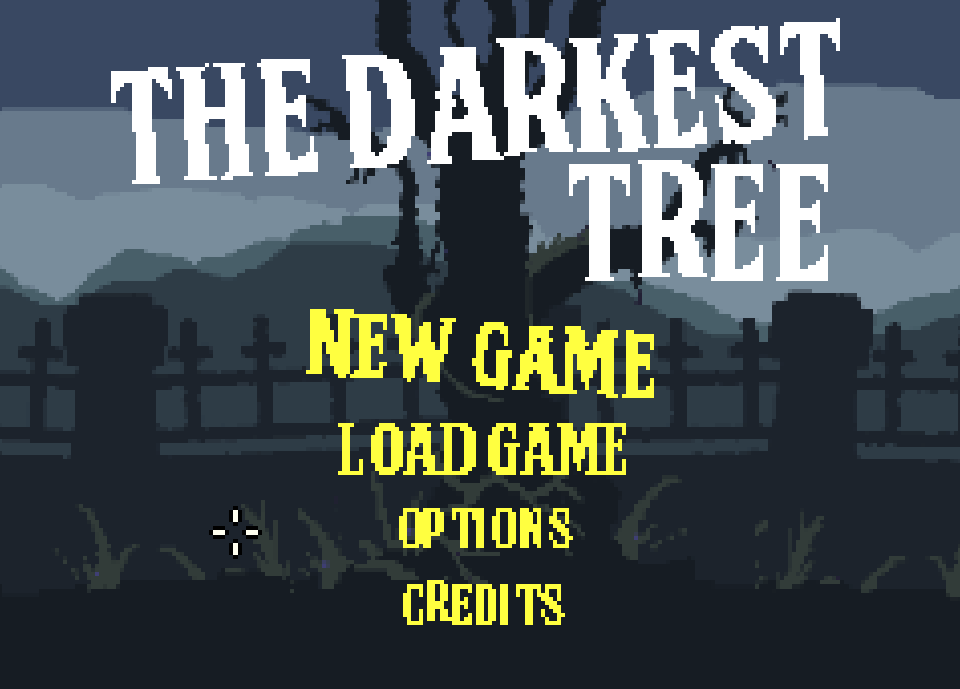Hi,
just a quick note to talk you about my latest jam entry - made with Defold.
It’s a point’n’click adventure game (theme is Horror/Sci-Fi) - a-la Lucas Art as gui - done in 14 days for advjam2019

If you’re curious you can find it (and play it) here: https://gamejolt.com/games/thedarkesttree/418906
I’ve done it with an updated version of the “framework” I’ve used for The Child of the Hill House (my entry, last year) - for which I’ve quite improved the workflow - not using anymore Tiled (as scene editor) but delegating everything graphical to Aseprite - that handles layers, with names.
And, about game code (that’s a structure json file in Defold projects) well this year I create them using Treepad Lite.
So I use that tree text editor to handle game script (with my own language)
I use aseprite to create game graphics, walk area zone, hot spots AND animated chars
Then I’ve a “compiler” that split aseprite files in separated png (creating atlas, and elements for animations - including loop and fps attributes), morph the script in a json file and creates go objects for sounds and props (that go live with factories)
From Defold I play and debug game (and I build packages) - but lua code in there is “generic” - while everything specific is done “customly” outside.
Why all this complex stuff? well, to do an adventure game, I prefer using a quite specific logic, so I won’t try to bend my writing flow to Defold, but Defold to my writing flow. BUT Defold has several outputs (including html5 - that this time gave me some troubles), it’s small (games is few megabytes - where few I mean that the zipped html5 is less than 3MB - and Win64 version is similar) and it’s robust enough to let me add features, or changing them in the engine without too much risks during the short jam period. So, well, this complex stuff outside, can perfectly work with Defold - because it’s core files are text files - so I can handle them easily in generation (and/or modify them even outside the editor if I need that)
Was everything smooth? Nope. Defold editor is a lot better than one year ago, but sometimes things get messy (for instance with undo), and something I have to run the game several time inside the editor before it’s able to run (I’m sure it depends - in part - from the fact I generate game files - so it has to “feel” them ready and sometimes it takes time)
Was it worth it? Hell, yes. As I said, even for such an hybrid approach I’m in love with Defold that can deliver results and reduce problems and risks even when one works constantly in a hurry (and it works that way while I’m sure I’m not even doing the things in the best possible way)




 Great work. I’m still playing(just started) but as a fan of the adventure game genre I love it.
Great work. I’m still playing(just started) but as a fan of the adventure game genre I love it.